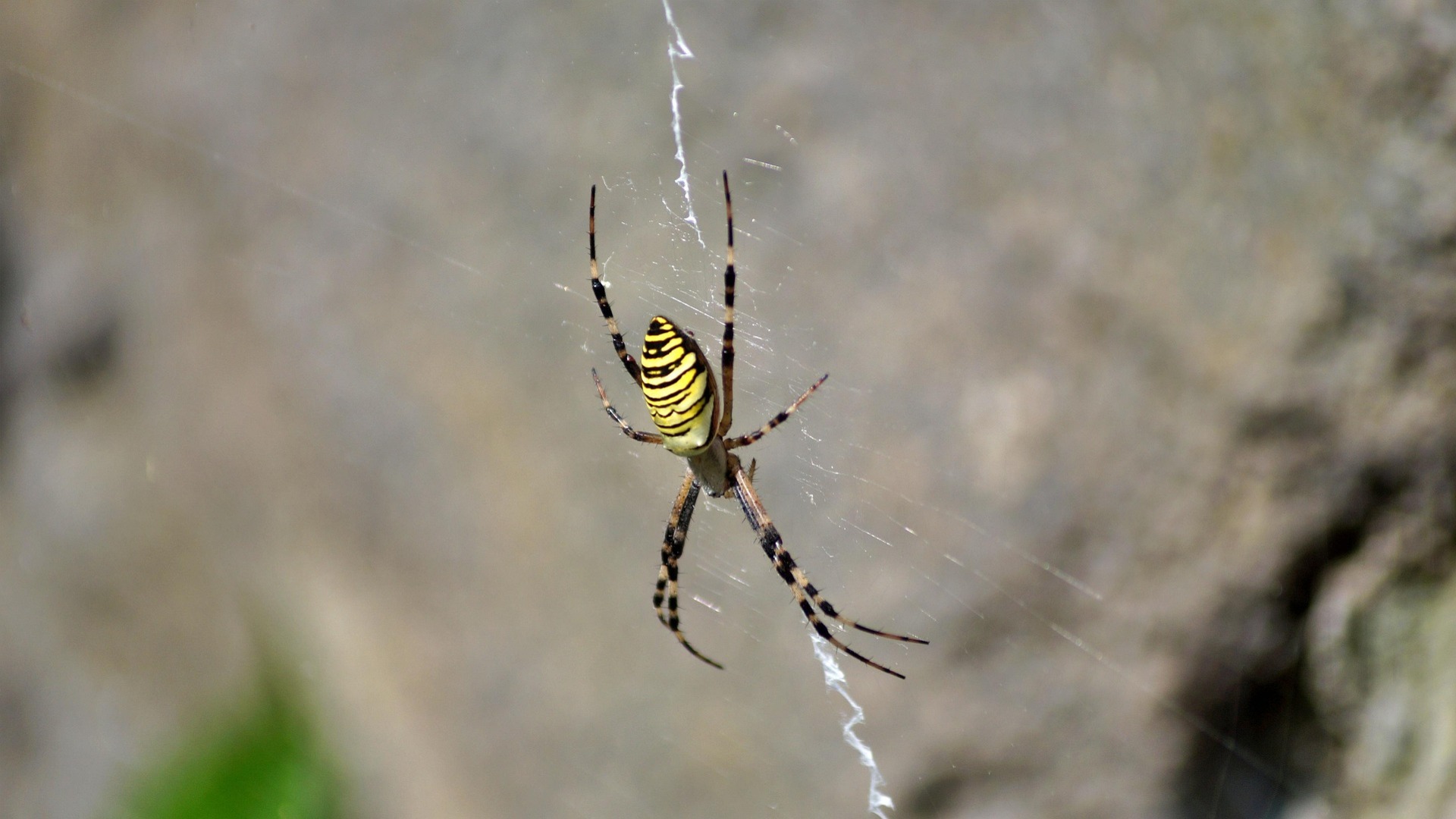New research has revealed that spiders use a sophisticated alarm system woven into their webs, specifically through a structure known as stabilimentum. This discovery, made by a team of Italian researchers, sheds light on the intricate design and functionality of spider webs, particularly those created by the spider species Argiope bruennichi.
The study, published in the journal PLOS One, highlights how these spiders, renowned for their architectural skills, construct webs featuring distinctive zigzag patterns. The researchers conducted a three-year investigation from 2018 to 2020 in the forests of Sardinia, focusing on three different populations of Argiope bruennichi.
Understanding the Role of Stabilimenta
For decades, scientists have debated the purpose of stabilimenta, the ornamental threads found in many spider webs. Various theories have suggested that these structures could stabilize the web, protect the spider from UV rays, or even attract or repel prey. While protection from predators is a widely accepted function, the Italian researchers shifted the focus to the vibrational aspects of these threads.
By combining extensive field observations with advanced computer simulations, the team clarified how stabilimenta affect the movement of vibrations through the silk. They digitally imaged six different types of stabilimentum and modeled how these variations influenced signal propagation within the web.
The findings suggest that when prey interacts with the web, particularly if it is thrashing about after becoming ensnared, the stabilimenta can transmit alarm signals across a broader area. This capability effectively alerts spiders that may be positioned far away, enhancing their ability to detect and respond to potential meals.
Implications for Bio-Inspired Designs
The researchers noted that their work could have broader implications beyond understanding spider behavior. The insights gained from the study may inspire the development of new bio-inspired materials characterized by tunable elastic properties.
“This study reveals that the decorative stabilimentum in Argiope bruennichi webs is more than just ornament, for it subtly changes how certain vibrations travel through the web,” the authors stated in a press release.
As spiders are known for their patience as hunters, the modifications provided by the zigzag patterns offer a significant advantage. By enhancing the effectiveness of their prey-detection system, these spiders demonstrate yet another example of the complex intelligence present in nature.
This study not only deepens our understanding of arachnology but also highlights the potential for applying these natural principles to human innovation. The research is available in the journal PLOS One, marking a significant contribution to the field of biological engineering and materials science.







